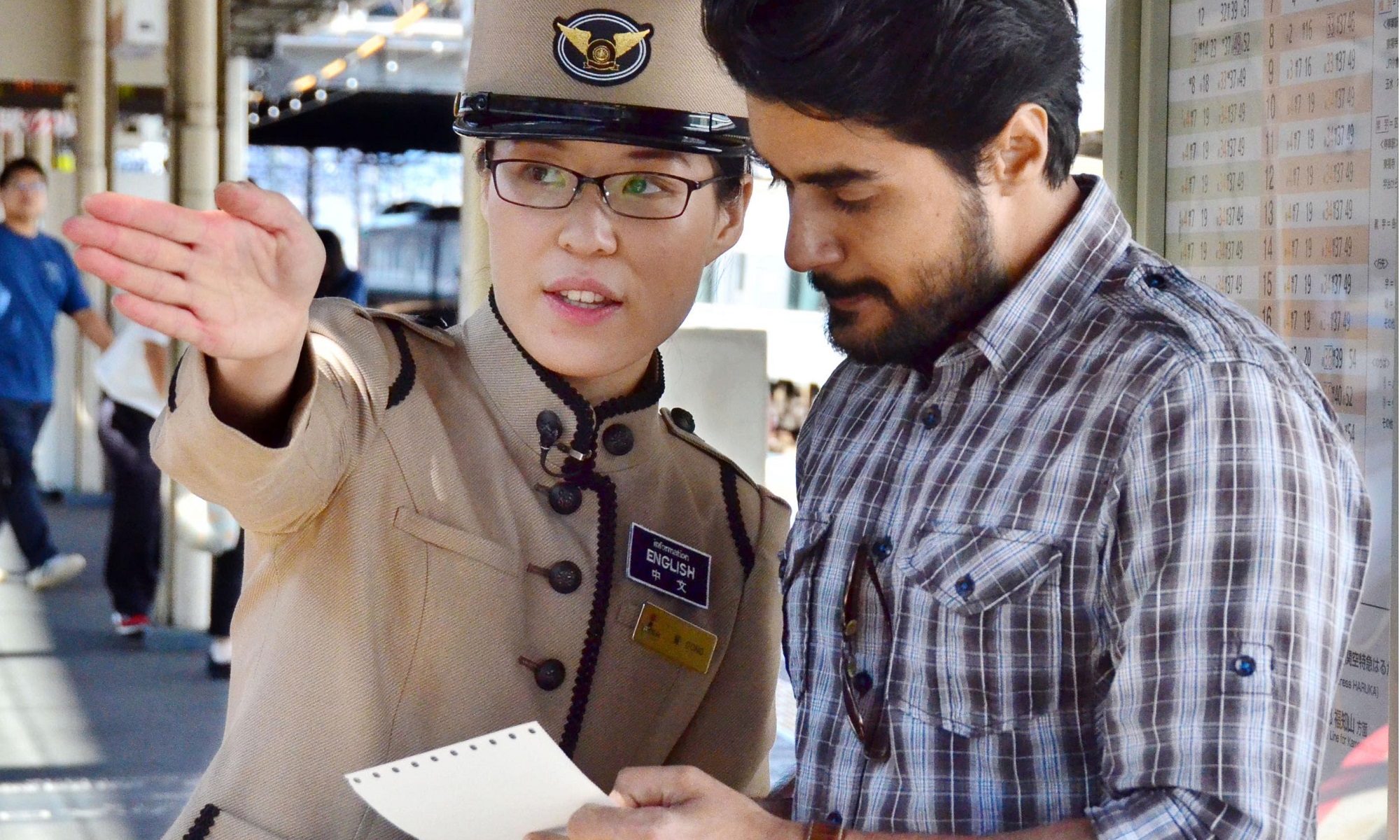
Prior to the 17th century, there was only one major wave of immigration. It happened during 8th century when Korean artists and intellectuals migrated to Japan. After that, there was a smaller immigration wave in 1600 when a few Chinese families were allowed to move to Japan. After this event, Japanese immigration was put to a pause once again.
Chronological development of immigration in Japan
Overall there are six major events after the 18th century that can define the immigration flow in Japan. These periods are as shown below.
- 1853 – 1945. Japan opens borders to large emigration and colonial immigration;
- 1945 – 1951. Strict control is enabled to immigration and emigration;
- 1951 – 1981. Even during the time of advanced economic growth, the immigration in Japan is strict;
- 1981 – 1990. During this period strict immigration policy stay but refugees are still accepted, and their rights are improved upon;
- 1990 – 2017. The immigration is still relatively strict. However, ethnic repatriates, trainees, and irregulars come to Japan as unskilled workers;
- 2017 – now. Japan implements permanent residency for skilled workers and expands the number of available blue-collar work visas.
The reason for Japan’s strict immigration history was explained by a former official of the Ministry of Justice. It is based on the fact that Japan already has a dense population, narrow land, and it should remain a monoethnic state. However, during these years, many immigrants got into the country because of various aspects. Historically, Koreans are the most widespread foreign group of immigrants in Japan. Nowadays the flow of Chinese, Filipino, Brazilian, and others are increasing more rapidly than Koreans. This is due to Japan’s economic growth in the past years. Another reason for this is international relationship improvement since Japan is trying to integrate its economy into the rest of the world’s economy.
Advanced economic growth period
An interesting point in Japanese immigration history occurs during the advanced economic growth period. While other developed countries introduced a liberal immigration policy, Japan still had little immigration due to their laws. This is partly because there was large domestic migration in the country itself. Japan had many farmers that moved to the cities between the years of 1955 and 1973. Also, Japan had just succeeded in automation and thus there was less demand for unskilled workers.
Another reason was that Japan utilized elderly people, students, and housewives as part-time labor. And lastly, the working hours that Japan had were drastically longer than in the rest of the developed countries. For example, in 1982 people worked 2100 hours per year in Japan while in Germany people worked 1690 hours per year.
Historic development of immigration policy
Japanese government never uses the terms “immigrants” or “immigration policy”. Instead they use other words like “order control”. The Immigration Control Order was issued in 1951. However, prior to that and after that the policy experienced many changed and reforms. After World War 2 there were three major changes to the immigration policy.
- 1945 – 1979. Exclusion, assimilation, and discrimination policy;
- 1980 – 1989. Equality and internationalization policy;
- 1990 -now. Settlement and symbiosis policy.
These changes and adoptions have changed the immigration policy in Japan significantly. However, many issues still arise.
Main issues of immigration in Japan
Traditionally, Japan’s immigration policy didn’t allow permanent residency to foreigners. For example, prior to the year of 1998 one had to live in Japan for 20 continuous years to be able to apply for a residency. Now, these terms have changed and are continuously changing since Japan is integrating into world’s standards.
In April 2019, Japan adopted a revised immigration law. This new change allows blue-collar workers to formally integrate into the society of Japan. The new changes allow foreigners to come to Japan and enroll in their technical trainee program. This program doesn’t allow the trainees to change employers during the next 5 years. Apart from the technical trainee program, if you are a worker with “Type 1 specified skills”, you need to know Japanese language to get new resident status. This status would let you change employers without any restrictions.
Summary
Overall, Japan is shy when it comes to foreign citizens immigrating to their country. The long-valued traditions and beliefs, as well as the political system, has prevented Japan from opening its borders freely. However, with the new direction the whole world is leaning towards, Japan has no other choice but to adjust to the rest of the world. Thus, Japan is slowly opening up its land to foreigners. Only recently they have opened up possibilities for blue-collar workers. With the coming years, Japan might loosen its strict immigration policy even more.
